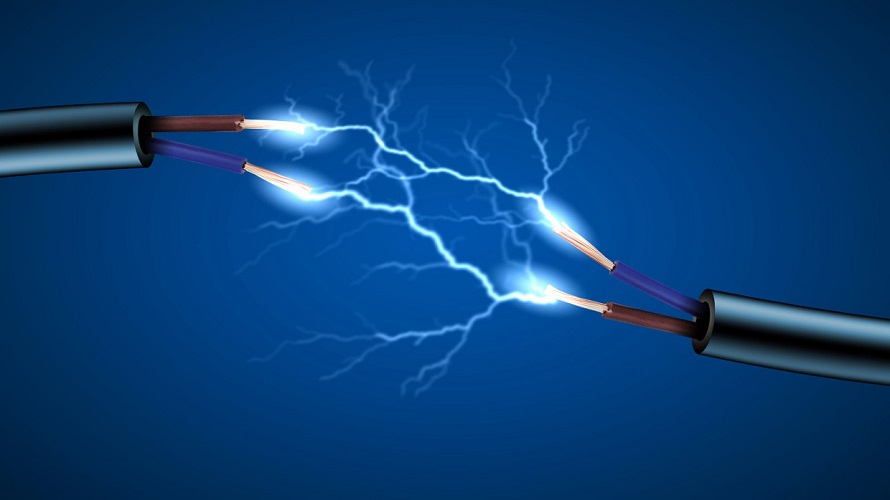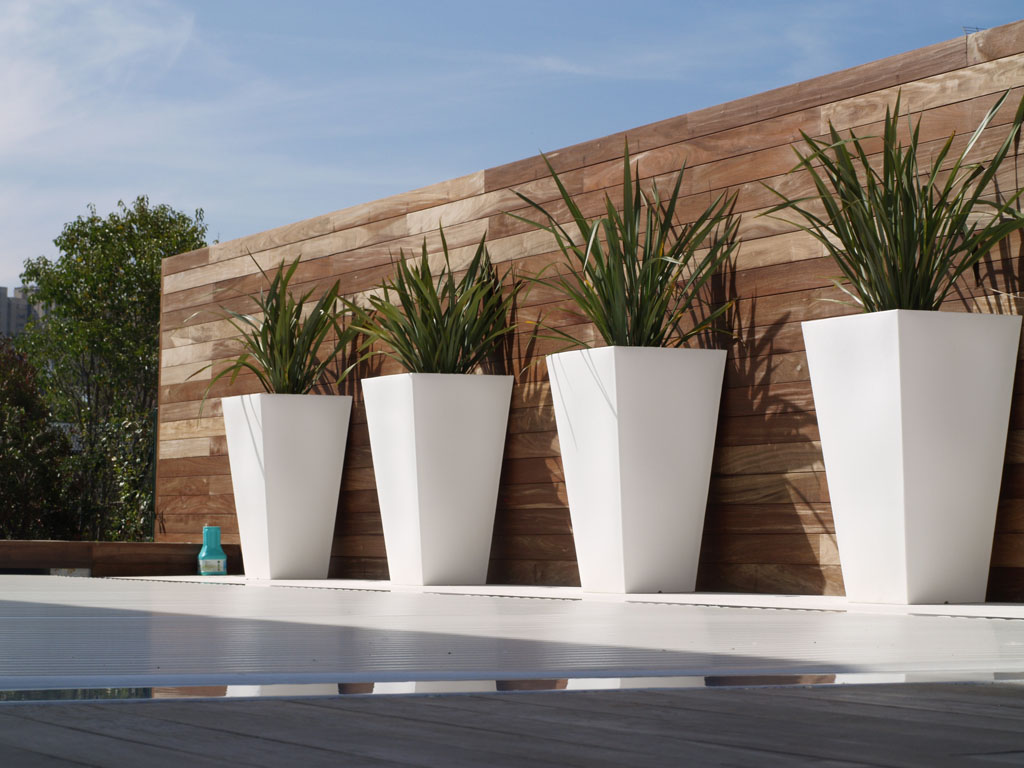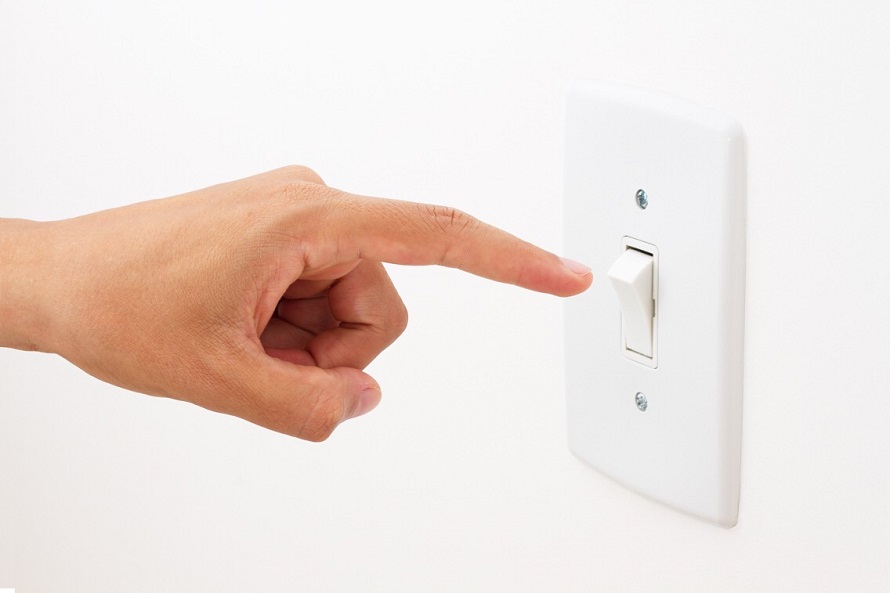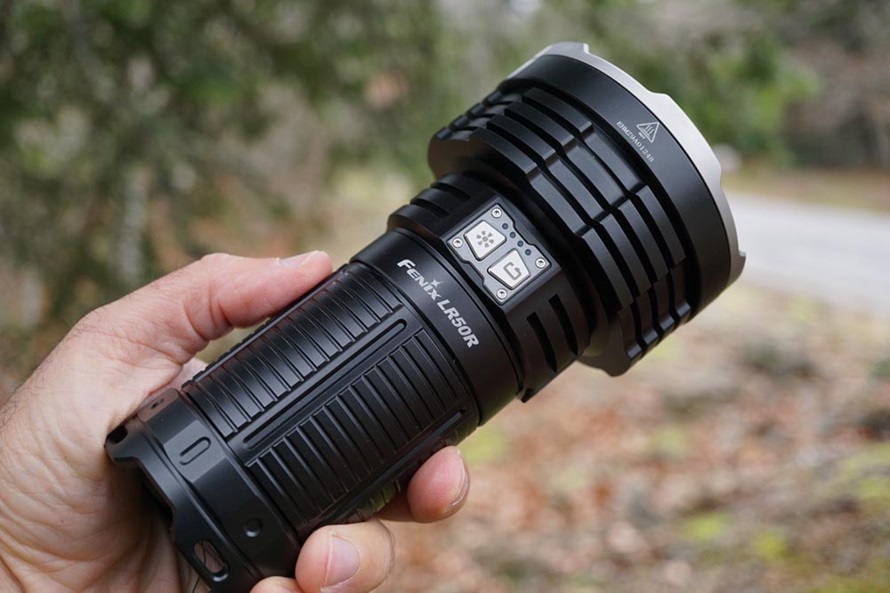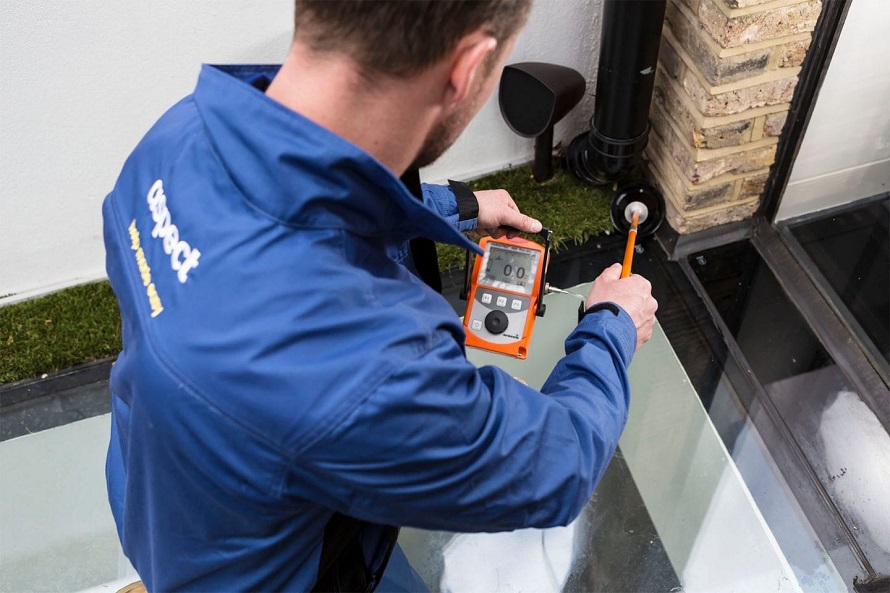Electronics
All You Need to Know About RCDs (Residual Circuit Devices)
About 5% of all work-related fatalities in Australia are from electrocution. Not practicing all the necessary safety precautions and not having the right type of electrical equipment can be detrimental. One of the most essential life-saving devices that are especially designed to prevent fatal electric shocks when touching something live, like a bare wire, for instance is the RCD.
An RCD, or an residual circuit device is an extremely sensitive safety device that’s designed to switch off electricity when it detects a fault. These devices protect against the risk of fire and electrocution caused by faulty overheating appliances or exposure to faulty wires, for instance.

The way an RCD works is, it constantly monitors the current flowing through one or multiple circuits it’s used to protect. If it detects electricity flowing in an unintended manner, it will switch the circuit/s off instantly, thus protecting the user from risks of serious injury or death. Typically, a residual circuit device is about 95% reliable. Even this percentage can be significantly improved if the device is tested frequently.
Even though these devices reduce the risk of injury or death from electrocution, they don’t reduce the necessity to be careful. Have your wiring checked every couple of years to ensure the safety of your family and your home (or your employees and business premises). Any fault you find within the wiring or in an appliance should be alerted and you should contact a registered electrician the same day.
Testing the RCDs once every few months is also recommended. If you hold the test button for a prolonged period of time and the RCD doesn’t turn off the electricity supply, then contact a registered electrician and ask for advice. These are affordable devices that can potentially save lives, and they’re mandatory in most states in Australia.
Typically, you’ll find three types of RCDs: fixed, portable and socket-outlet.
The fixed RCDs are installed inside the consumer unit and they provide protection to a single or multiple circuits. They offer the highest level of protection as they protect both the sockets and the wiring of the circuit, as well as the appliances connected onto them.
The socket-outlet RCDs are actually electrical sockets with an RCD built into them. These only provide protection to the person who’s in contact with the equipment, including the appliance that’s plugged into it. And lastly, portable RCDs can be plugged into any standard socket-outlet, which then accept any device onto them. They’re ideal for when neither socket-outlet nor fixed RCDs aren’t available.


